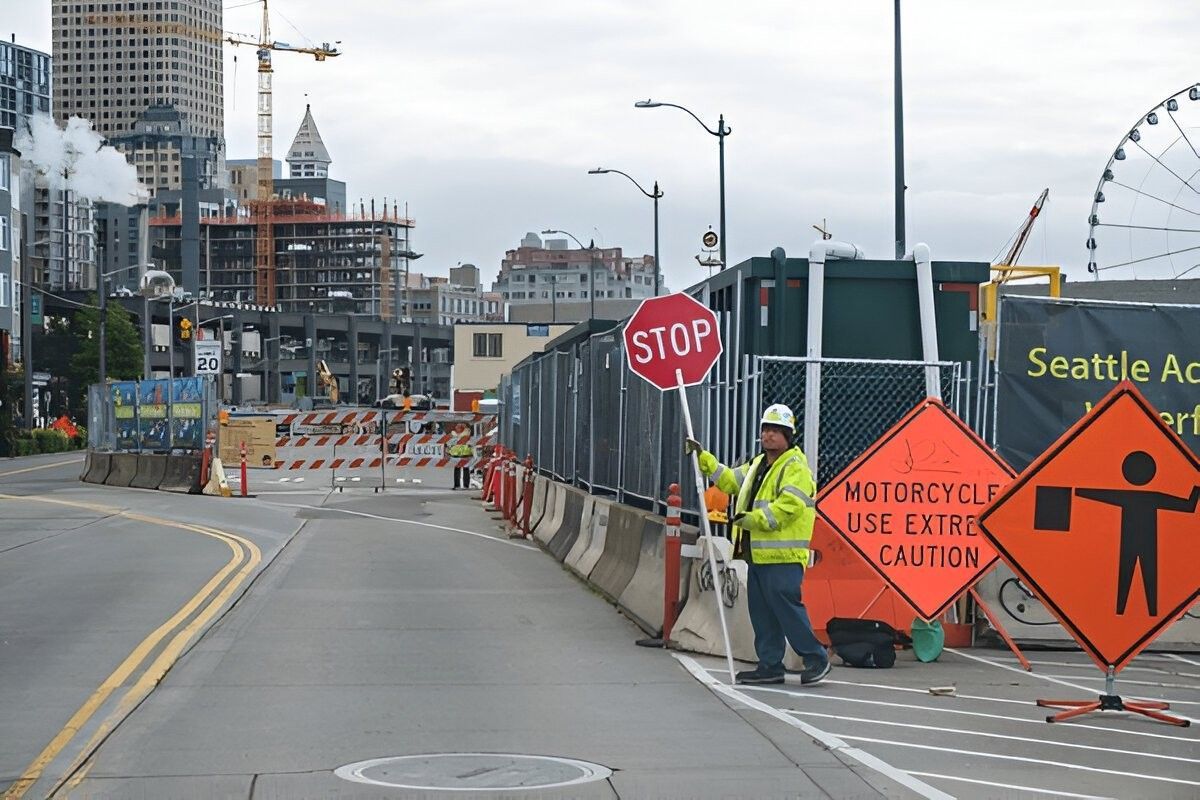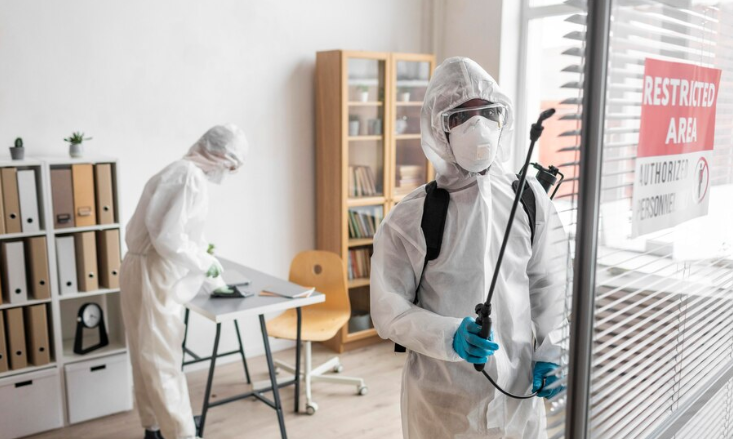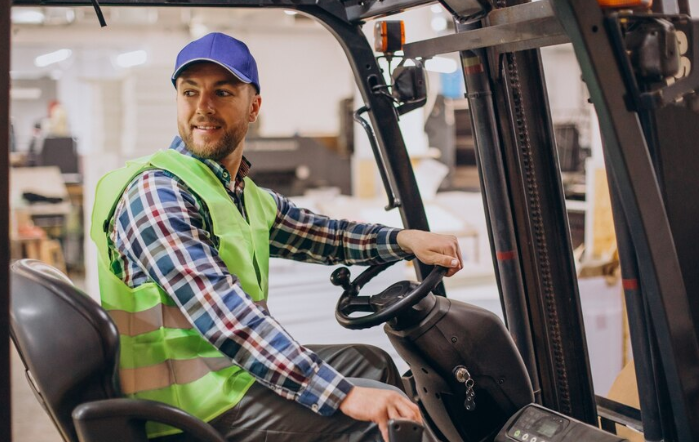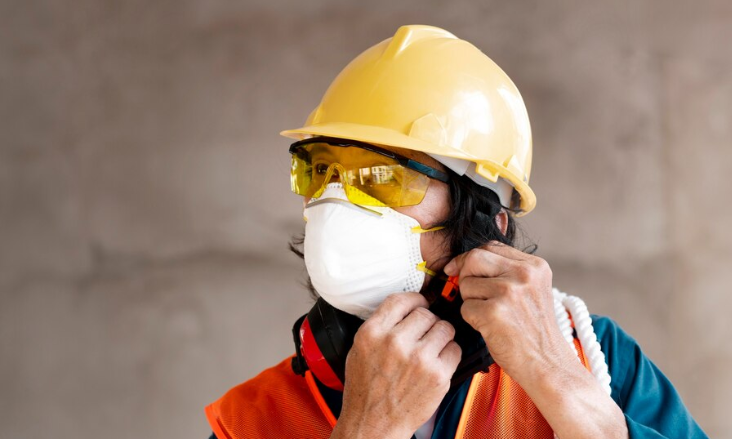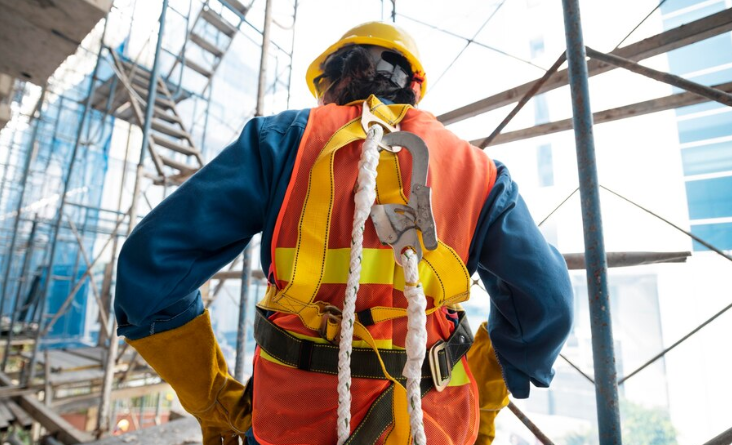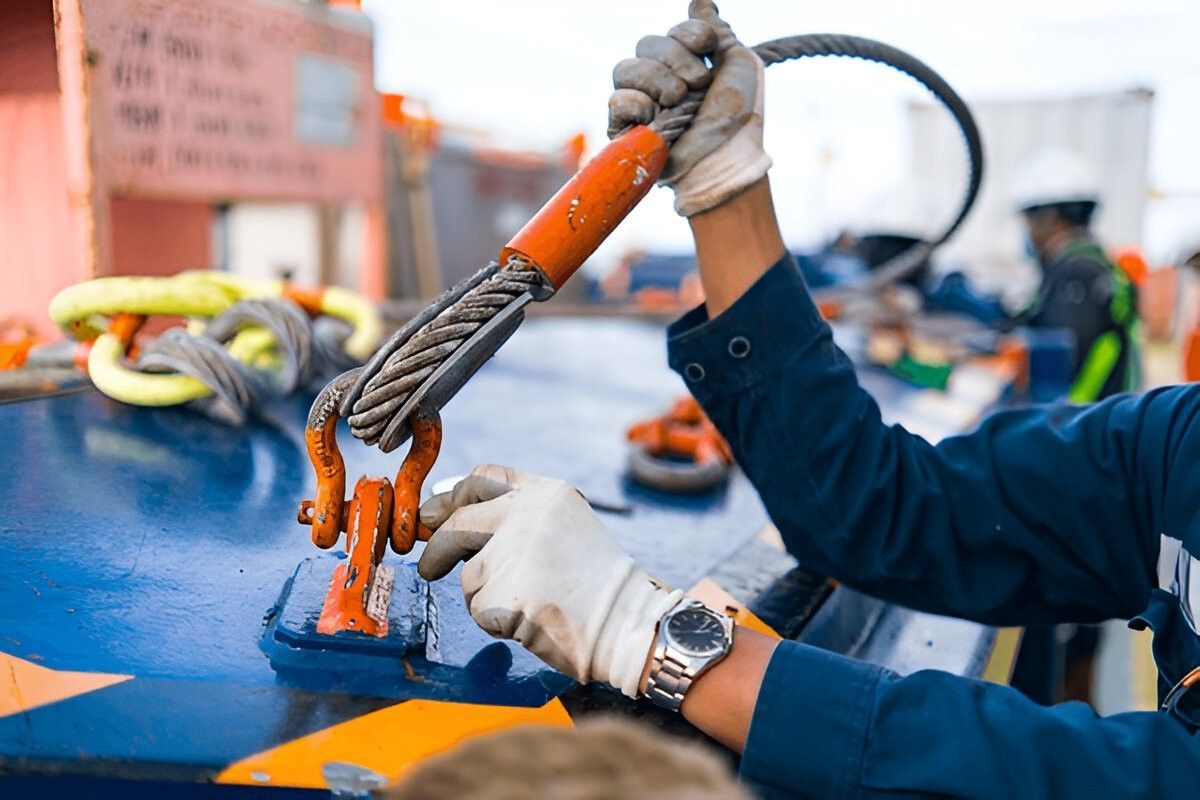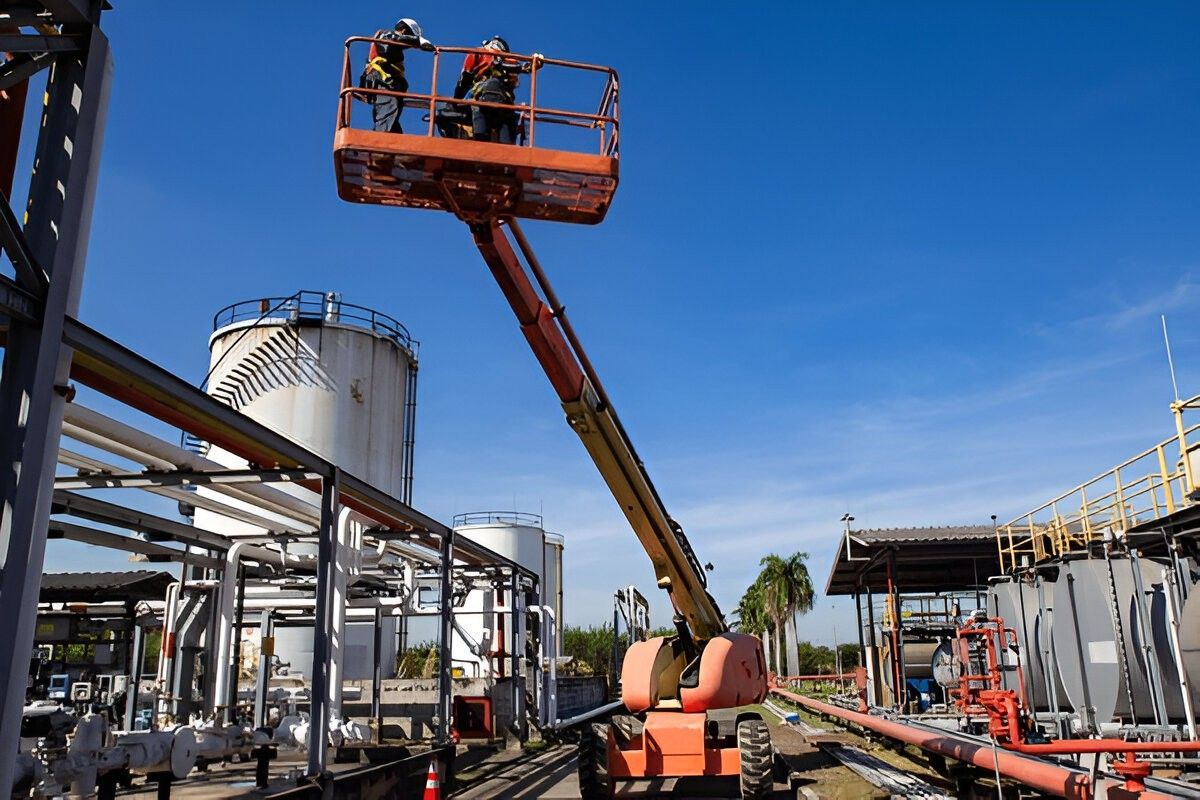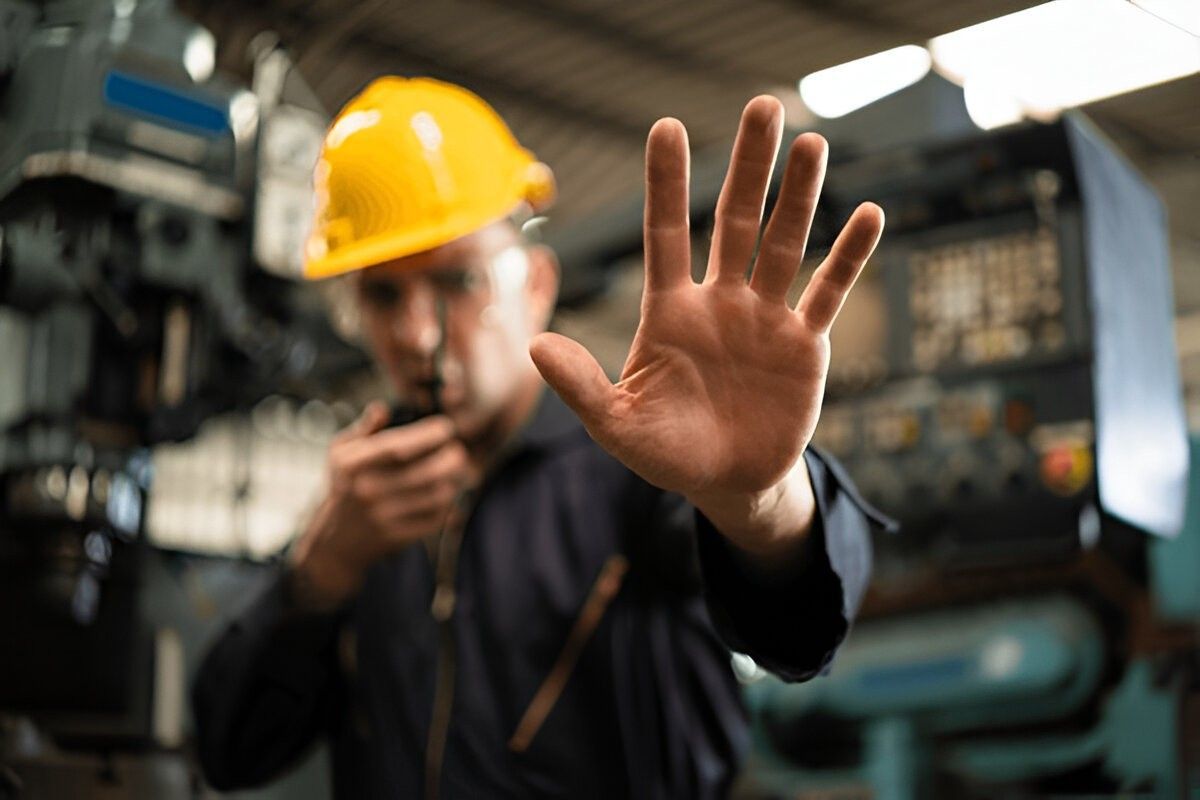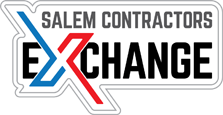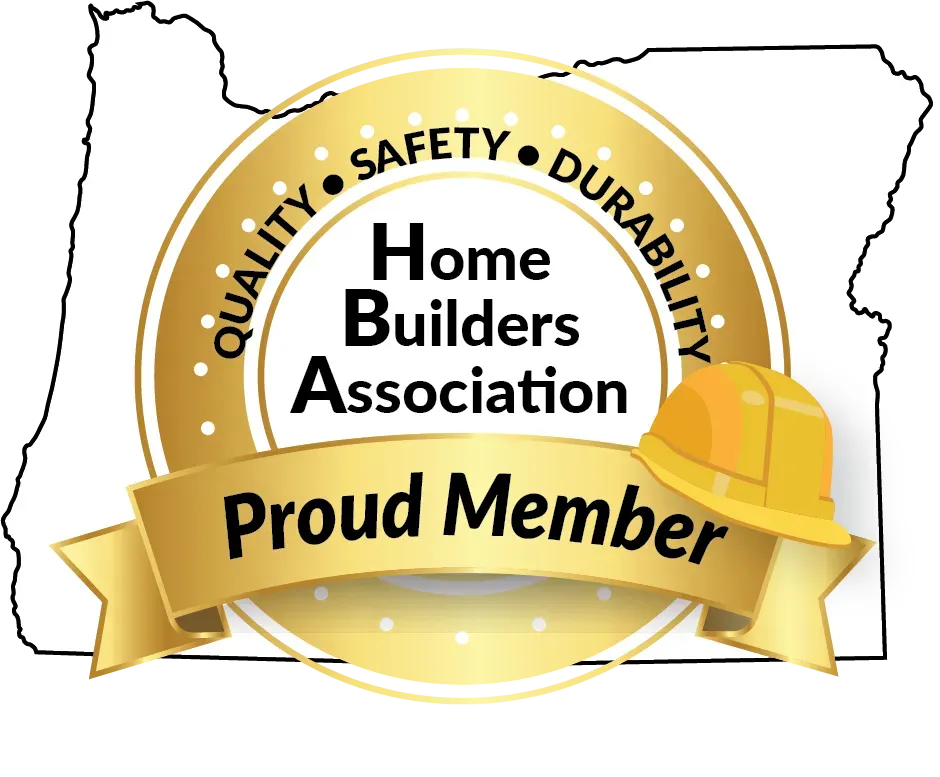Don’t Wait for an Accident: Get MSHA Training Today for a Safer Tomorrow
Safety in mining is not just a priority, it’s a responsibility. Miners and operators must take proactive steps to ensure safety on every job site. MSHA (Mine Safety and Health Administration) training plays a crucial role in preventing accidents and ensuring the well-being of those working in mining environments. But how long is MSHA training good for, and why is it necessary to stay up-to-date? This blog delves into the importance of MSHA training, its requirements, and why you should never delay it. By understanding MSHA guidelines, you can create a safer work environment for everyone involved.
What MSHA Training Does for You?
MSHA training ensures that workers understand how to stay safe in hazardous mining conditions. The program covers critical areas, such as hazard recognition, safe work practices, emergency procedures, and the proper use of equipment. With training, miners can avoid accidents and respond effectively if something goes wrong.
The training is designed to be both informative and practical. It is tailored to meet the specific needs of different mining environments whether it’s underground coal mining or surface mining for aggregates like sand and gravel.
How Long is MSHA Training Good For?
MSHA training is not a one-time event. Federal regulations require that miners receive training both at the start of their employment and regularly after that. The question often asked is: how long is MSHA training good for? The general rule is that MSHA training remains valid for one year. However, certain industries or situations may require additional training or refresher courses to stay compliant with federal law. Always check if your training plan meets the specific MSHA guidelines applicable to your operation.
The Role of Refresher Training
Every year, miners need to complete refresher courses to keep their training valid. Refresher training ensures that employees stay aware of the latest safety regulations and continue to use safe practices. Even if your initial MSHA training was completed years ago, don’t skip these annual updates. A refresher course often highlights emerging risks, new safety technologies, and updated best practices, keeping your team prepared for any challenges that might arise on the job.
Meeting MSHA Training Requirements
The federal government has laid out clear MSHA training requirements for different industries. Depending on the type of mining operation you run, the training could vary. For instance, operations under Part 46 (such as sand, gravel, and cement operations) have different guidelines than those under Part 48 (which covers underground coal and metal mines).
Part 48 requires that instructors be MSHA-certified, ensuring they are fully qualified to teach the necessary safety techniques. In contrast, Part 46 allows mine operators to designate competent trainers, though these trainers do not require MSHA approval.
Key Considerations for Contractors
Understanding MSHA training requirements for contractors is critical. Contractors working in mining environments need to undergo the same training as regular employees. This ensures that everyone on site is equipped with the knowledge and skills to handle emergencies and prevent accidents. Contractors should review the specific MSHA regulations that apply to their operations and make sure all personnel receive adequate training before stepping on site.
Why MSHA Training is an Investment in Safety?
Investing in MSHA training isn’t just about meeting legal requirements. It’s about protecting the lives of miners and improving overall operational efficiency. A well-trained workforce can identify potential hazards before they become major issues, preventing accidents and injuries. Additionally, well-executed MSHA training helps companies avoid costly fines and penalties for non-compliance with safety regulations.
Closing Note:
Now is the time to act. Waiting for an accident to highlight the importance of safety training is a risky approach that can cost lives and damage reputations. By prioritizing MSHA training, you not only ensure compliance but also foster a culture of safety within your organization. Understanding MSHA training requirements for contractors is equally critical. Contractors must receive the same level of safety education as on-site workers to ensure consistent protection across every role. No one should step onto a mining site without the right knowledge in place.
At KARM Safety Solutions, we specialize in offering comprehensive MSHA training programs tailored to your specific needs. Contact us today to learn more about MSHA training and get started on creating a safer tomorrow. Remember, safety is non-negotiable don't wait until it's too late.
